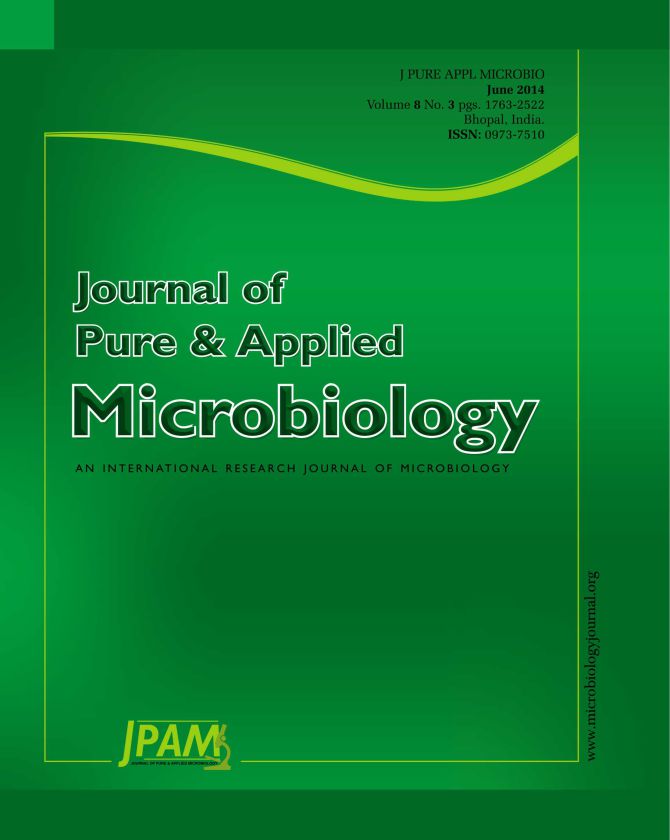Catalase plays an important role in the metabolism of Antarctic surface seawater microorganism. To support the hypothesis that the effect of ultraviolet radiation to the surface seawater on the catalase evolution of Antarctic surface seawater microorganisms would lower the microbial catalase diversity, the catalase genes of Antarctic surface seawater samples from three stations were studied by PCR amplification, restriction fragment length polymorphism (RFLP) screening, and phylogenetic analysis. The result showed several unique RFLP patterns in three libraries, indicating that a low diversity of catalase existed in the study areas. Five kinds of microbial catalases including two bacterial catalases and three fungal catalases were confirmed in the Antarctic surface seawater, which manifested the scarcity of microbial catalase diversity.
Microbial catalase diversity, Antarctic surface seawater, ultraviolet radiation
© The Author(s) 2014. Open Access. This article is distributed under the terms of the Creative Commons Attribution 4.0 International License which permits unrestricted use, sharing, distribution, and reproduction in any medium, provided you give appropriate credit to the original author(s) and the source, provide a link to the Creative Commons license, and indicate if changes were made.


